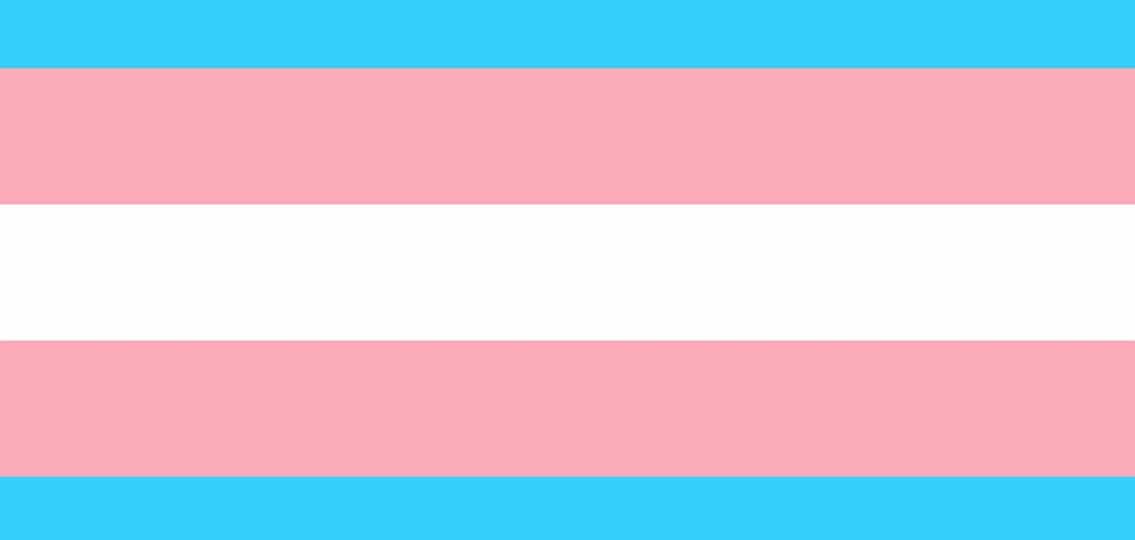Dear Your Teen:
I’m a parent of a teenager. I applaud how open and accepting my teenager and her friends are about sexual orientation and gender identity. But I could use a primer on this subject. For example, some of my daughter’s friends are transgender and identify as male. Should I now refer to these friends as he? Can you help?

EXPERT | Sabra L. Katz-Wise, Ph.D.
People who are transgender identify with a gender that is different from their sex assigned at birth. As an example, your daughter’s friends were assigned female at birth, but now identify as male. In addition, they are using male names and male pronouns. The best way for you to show your support for your daughter’s friends is by affirming their identified gender. You can do this by referring to them using male pronouns and by calling them by their chosen male names.
Although many transgender people know from a very young age that they identify with a different gender from their sex assigned at birth, other transgender people do not realize this until they are older. Adolescence is a time of identity exploration and change, which may include exploring gender identity.
Some of your daughter’s friends may decide later that they feel more comfortable as another gender. This may lead to an additional name change or different chosen pronouns. For instance, some people identify as “genderqueer” or “gender fluid,” which means that they do not identify as female or male. Or it may mean that they identify somewhere on the spectrum of female and male. Genderqueer or gender fluid people may prefer pronouns that are not gendered, such as them or they.
It is important to honor the current gender identity, chosen name, and chosen pronouns of your daughter’s friends, regardless of whether these might change in the future.
Support for transgender and sexual minority (lesbian, gay, bisexual) youth from adults is crucial to their health and well-being. Research studies have shown that a lack of family support in particular may lead to poor mental health in youth, including depression and suicide. Some of your daughter’s friends may not be getting the support they need from their own families. You can support your daughter’s friends by affirming their gender identity. See “Tips for Allies of Transgender People” for more information on how to be a transgender ally.
Sexual orientation typically develops during adolescence. Although people may recognize romantic or sexual attractions earlier in childhood, adolescence is the time when many youth adopt a sexual identity, or a label that describes their sexual orientation to themselves and others.
Many people feel that they do not choose their sexual orientation, although they may choose a particular sexual identity label to use or they may choose whether or not to act on attractions. It is important to note that a youth may have attractions and use a particular label to describe their attractions, but not actually be sexually active.
Some people experience changes in attractions, sexual behavior, or sexual identity labels over time (called “sexual fluidity”). For example, someone might be only attracted to males and then later be attracted to males and females. Similarly, a sexual identity label that feels right at one time in a person’s life, may change later to reflect changes in attractions or sexual behavior.

It is clear from your question that you are interested in supporting your daughter’s friends. The best way you can do that is by honoring where they currently are in their sexual orientation and gender identity development.




